05.09.2017

The second part is now online. This time it's all about the aperture.
The Aperture
The aperture of a camera lens controls how much light is falling on the sensor. It reduces the opening in the inner of the lens for less light. If you adjust a higher – the higher the number the smaller is the opening – aperture at the same exposure time, you will get a darker image. So why should you set a higher aperture number? To receive more depth of field or just to darken your image, because with a wide open lens the image would be overexposed. To break it down.
Depth of field
This term describes how wide the range of sharpness of an image is. The aperture is measured in f-stops. If you take a picture with the f-stop (aperture) 2.8 the depth of field is not very big. How wide the depth of field is depends on the focal length you use. If use a wide aperture on a 300 mm (telephoto), we stay at 2.8, the depth of field would be only some millimeters wide, wide enough to get the eyes of an animal sharp. If you use 2.8 at 14 mm (wide angle) the depth of field is some meters wide. The open – or a bit closed – aperture setting is useful for portraits or if you want to separate your subject from the background because the background is getting blurry (depends how far the subject is positioned from the background). The correct term in photography slang for a smooth blended background is the japanese word “Bokeh”.
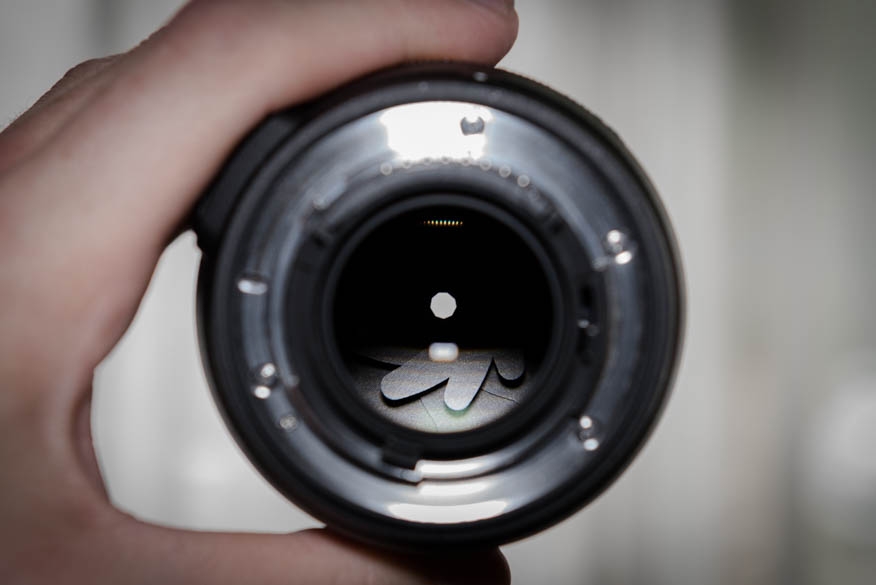
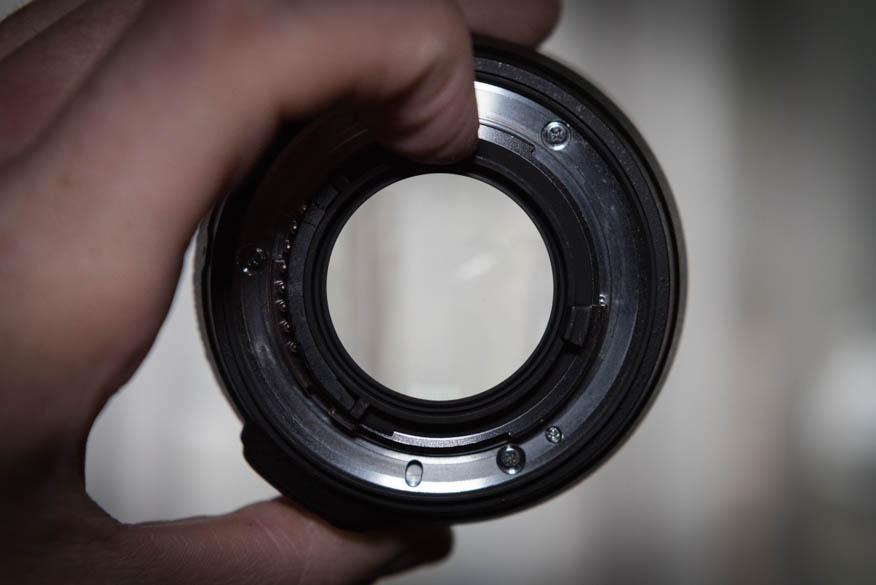
When you shoot with a small aperture, that means you have a bigger f-stop number for example 8, than you start to reach the maximum sharpness of the lens. Almost all lenses have their sharpest performance between 8 to 11. After 11 the diffraction blur begins and the sharpness is moving away from the center of the image. If you want to know more about diffraction blur you should use an encyclopedia of your choice because this needs a very scientific explanation. So keep in mind if you wanna get the maximum sharpness of your lens then choose an aperture between 8 and 11.
Vignette
Every lens has vignetting at the start aperture. If my lens carries a description like "24-70 mm f-2.8", I can use the aperture 2.8 at every focal length and it is the widest opening of the lens. There is a “problem” at the wide openings: the corners of the taken photo are darkened. The lightrays which hit the corners of the sensor are shadowed, because they don’t go straight through the barrel of the lens, this is construction-conditioned. You see the difference in the center of an image: it is brighter than the corners. But if you close the aperture, for example 5.6 the vignette becomes less, almost not more visible. And otherwise you can remove the vignette by software nowadays by one click. For me this is the smartest way.
Aperture is more relevant for composing than to compensate the exposure time
Of course it is easy to bump up the aperture if you have bright light conditions to darken the image. But the aperture is more a composing tool than an exposure tool. The important part is the depth of field. I would not recommend to take a portrait with f-stop 8.0 just because you get the maximum of sharpness – the background of the photo would become very fretful and the picture is then uncomfortable to watch. If you take landscape photos or architecture the small apertures (high numbers: 8, 9 and so on) are compulsory to reach the maximum level of sharpness. With a full depth of field you let the viewer look in the far and allow him to explore things in the foreground at the same time. Topics like portraits or stills live from a calm background where the subject is undisturbed and can take effect on the viewer. It recommends to play with different apertures on the same motif.

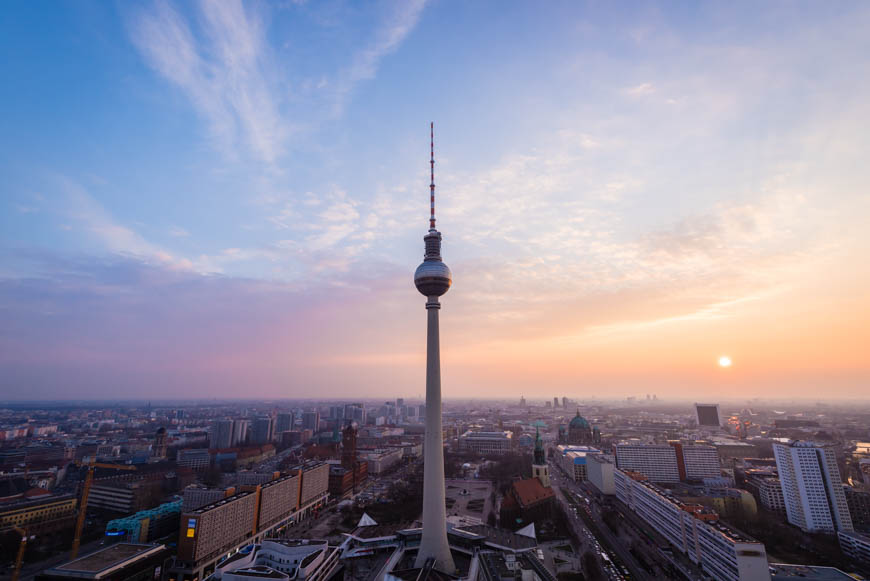

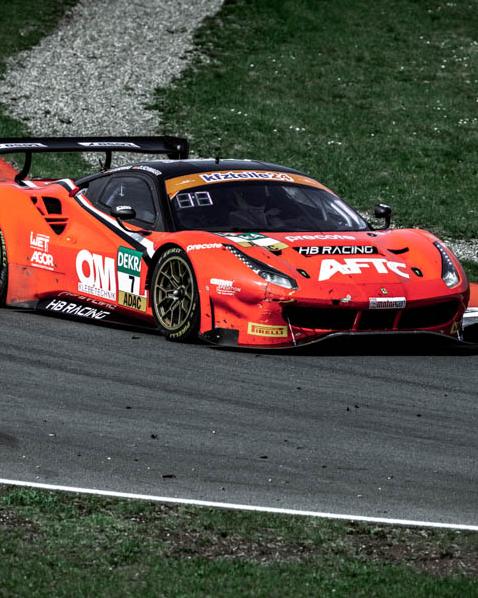
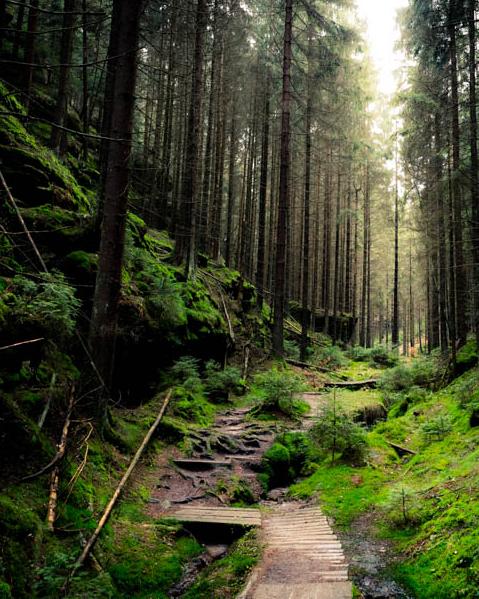

Report
My comments